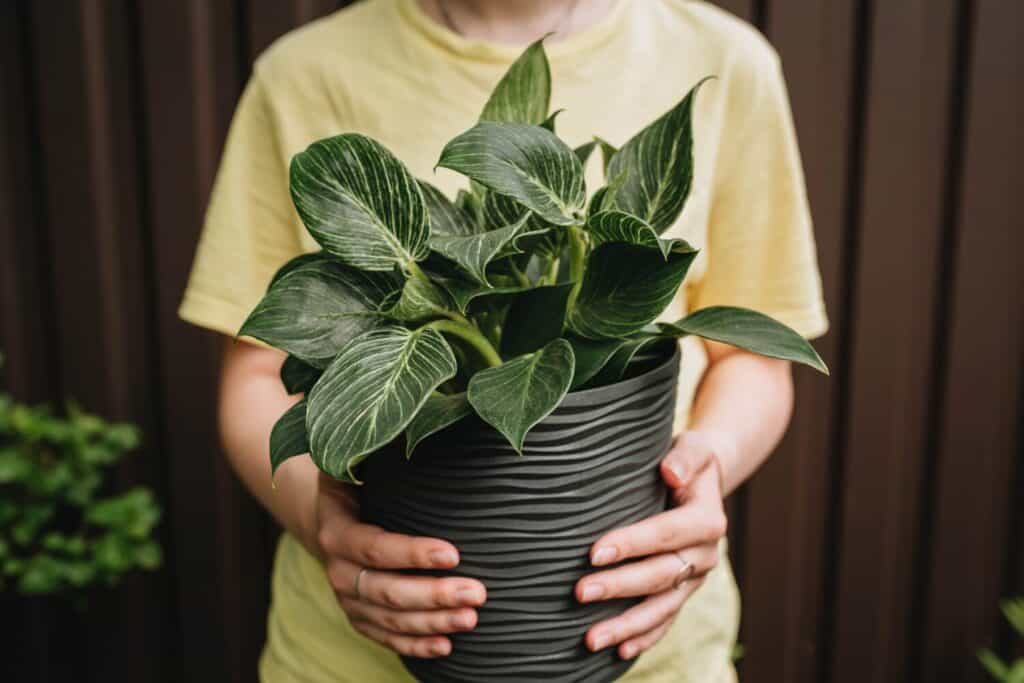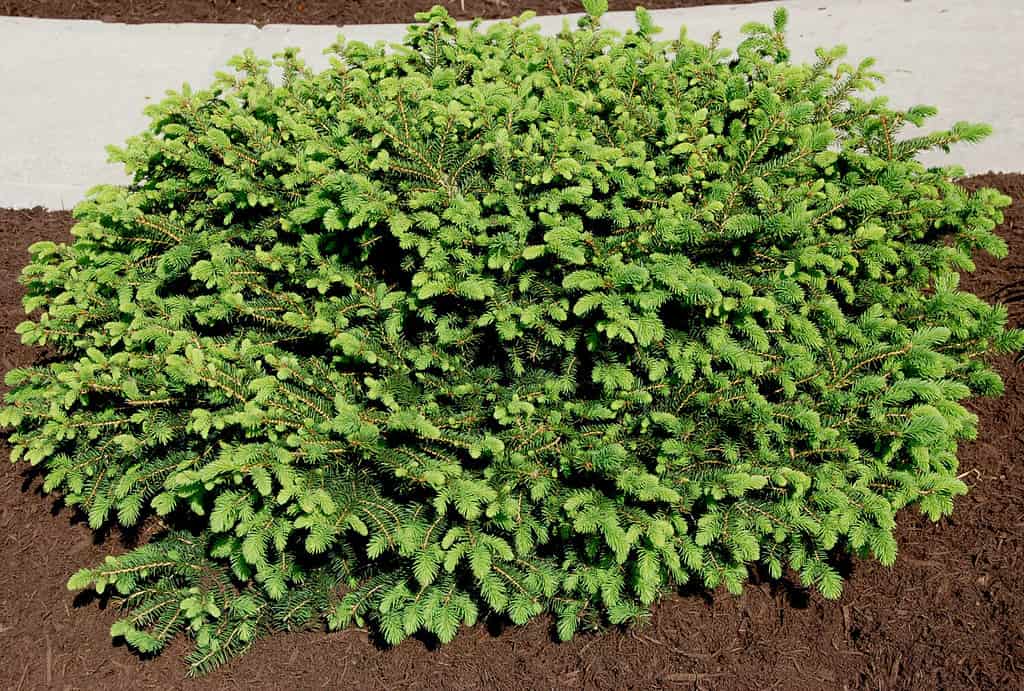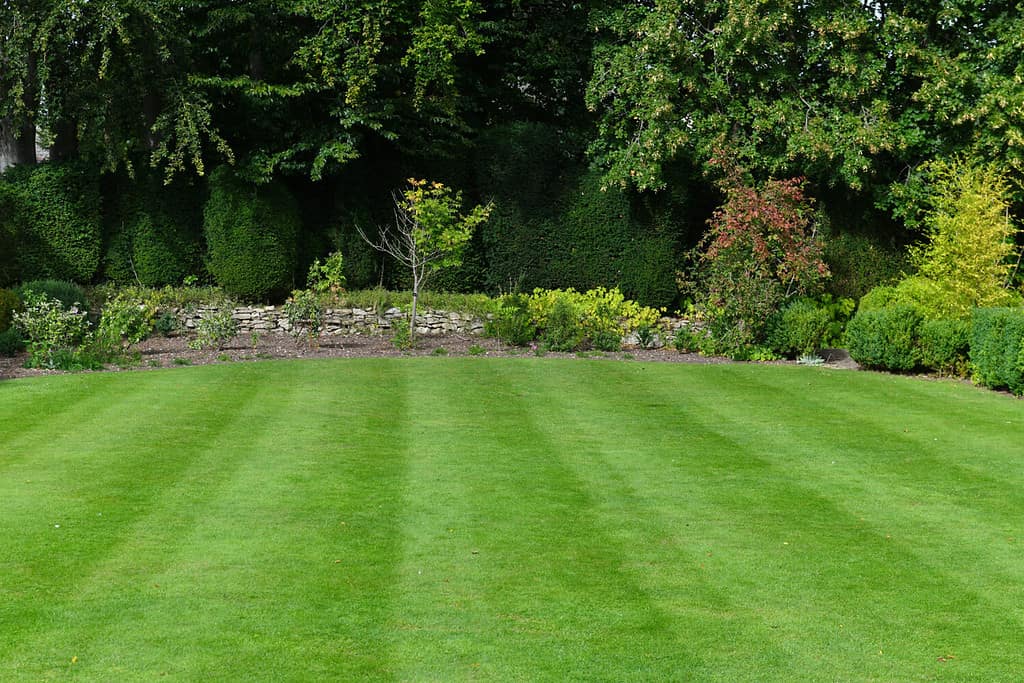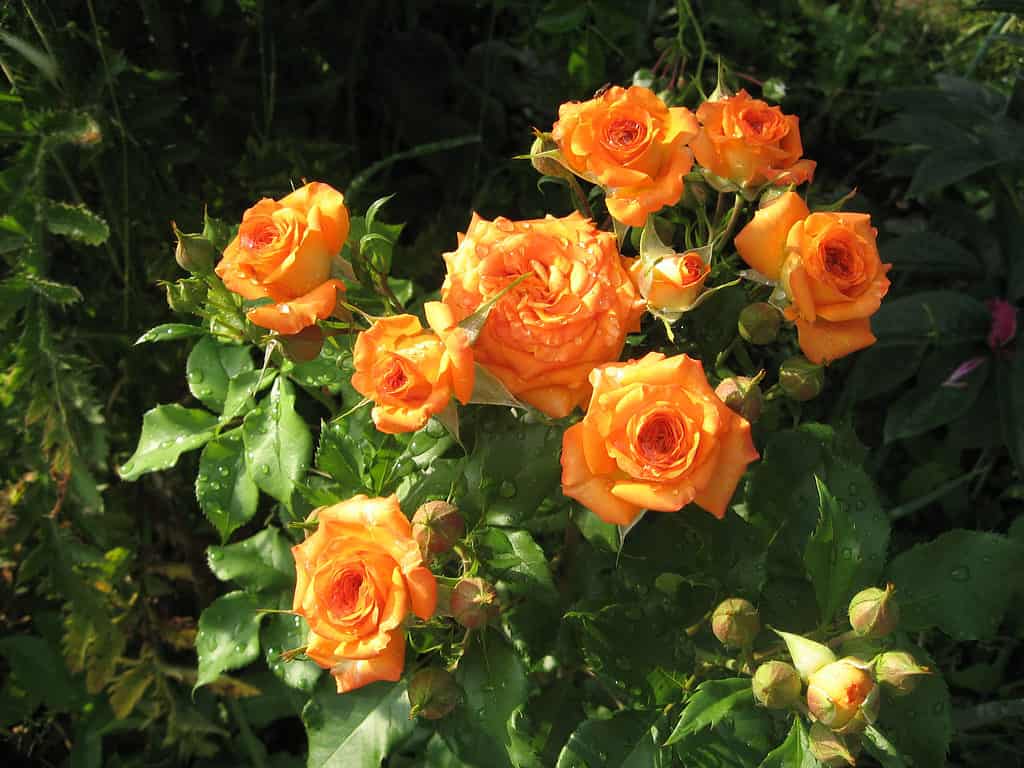How to Use Epsom Salt for Plants And Its Benefits
Using Epsom salt for your plants can produce real benefits. Epsom salt’s two naturally occurring main ingredients, magnesium, and sulfur, help plants grow greener with more blooms and higher yields. Magnesium helps plants increase their chlorophyll production and improve nitrogen and phosphorus uptake. This combination produces a receptive environment for seed germination, while sulfur helps produce vitamins to help plant growth. Controlled use of Epsom salts with your plants can benefit them by creating a more naturally conducive growing environment. In other words, it makes your plants happy, and happy plants thrive and produce more than unhappy plants. Additionally, many gardening experts sing the praises of using Epsom salts in soil preparation. Sprinkling just 1 cup of Epsom salt over 100 square feet of soil may reduce the amount of commercial fertilizer needed.

©iStock.com/Cheryl Ramalho
How To Use Epsom Salt With Your Plants
A general application for plant care is 2 tablespoons of Epsom salts per gallon of water. When diluted with water, it can be applied as a foliar spray and applied in the morning or evening. Most plants are good with a monthly spraying schedule. However, it’s always advisable to have your soil professionally tested to find exactly what is lacking and correct the problem. If it happens to be magnesium, the following generic guide may help.
- Roses. When planting, add 1 tablespoon of Epsom salt to the hole before inserting the plant. If you have unplanted rose bushes that show signs of root problems, soak the unplanted roses in a dissolved solution of 1/2 cup of Epsom salts per gallon of water. To encourage flowering cane growth on established plants, work 1/2 cup of Epsom salt into the dirt at the plant’s base. As a foliar spray, 1 tablespoon of Epsom salt per gallon of water for each foot of plant height can be applied in the spring as leaves appear and then again after bloom.
- Peppers. Peppers benefit from a sprayed application of 1 tablespoon of Epsom salt diluted in 1 gallon of water when they begin to bloom. Another spraying about 10 to 14 days later reinforces the benefits, encouraging bloom growth and increased yield.
- Tomatoes. Use enough water to dissolve 1 tablespoon of Epsom salt for every foot of plant height. Apply to the base of tomato plants every 2 weeks to encourage plant growth and yield.
- Fruits. Mix 1/4 cup of Epsom salt with water in a sprayer and apply to your fruits when performing normal watering.
- Houseplants. Houseplants can benefit from Epsom salt use as well. Dilute 2 tablespoons of Epsom salt in 1 gallon of water and use it to feed your houseplants on a monthly rotation.

©Darina Saukh/Shutterstock.com
How To Use Epsom Salt With Lawns, Trees, And Shrubs
- Lawns. It can be beneficial to apply up to 3 pounds of Epsom salt for every 1,250 square feet of lawn space you have. Apply with a spreader set to the correct settings for your model or with a sprayer after dissolving the Epsom salt in water.
- Trees. Trees deficient in magnesium will often show yellow curling leaves. For every 9 square feet, use a diluted solution of 2 tablespoons of Epsom salt and water. Apply to the tree’s root zone 3 times a year.
- Shrubs. Dissolve 1 tablespoon of Epsom salt in water for every 9 square feet of shrub or evergreen space. Apply the solution to the root zone every 2-4 weeks, depending on need.

©Stephen VanHorn/Shutterstock.com
Reported Benefits of Using Epsom Salts With Plants
- The extent of benefits from the use or application of Epsom salts on lawns, plants, shrubs, and fruits depends on the individual plant. But as a general rule, Epsom salt improves nutrient uptake through the presence of magnesium. Magnesium helps plants absorb other necessary nutrients like nitrogen and phosphorus. This increased uptake ability helps new or damaged roots recover more quickly with higher absorption capabilities.
- Epsom salt helps reverse fertilizer buildup in the soil that interferes with plant growth.
- Magnesium is also useful in the creation of chlorophyll. Chlorophyll allows plants to grow greener and more lush. It also increases the plant’s ability to make food and energy on its own. Some studies report that more chlorophyll allows plants to produce more sugars, resulting in slightly sweeter and more flavorful fruits and vegetables.
- Many times, when plants are not doing well, it is due to a magnesium deficiency caused by overworked soil. The proper application of Epsom salt corrects this deficiency and ensures that your plants get the necessary nutrition to thrive. A soil test performed by a quality institution or a local extension office can confirm your soil’s needs.
- Epsom salt is used to neutralize soils that are high in alkaline readings. Many plants struggle in soils with a pH of over 7.5, and working Epsom salts into the soil will help correct the soil pH in a gradual, safe process.
- Treating plants with Epsom salt can be another tool in your pest deterrence program. Just by its nature, Epsom salts can help deter or reduce the amount of voles, beetles, and garden slugs.

©1000 Words/Shutterstock.com
Plants That Benefit Most From Epsom Salt Use
Although most plant life can benefit at least to some extent from the application of Epsom salt, some plants have shown more benefits than others. These are the plants that naturally require more magnesium or sulfur, thereby seeing more noticeable benefits from applications of Epsom salt.
- Roses. Roses directly benefit from the magnesium in Epsom salt. The increased magnesium will lead rose bushes to display lush green leaves and fuller blooms.
- Peppers. Pepper growth is directly related to magnesium, so the addition of increased magnesium and sulfur in Epsom salt boosts pepper growth, especially for those who prefer to grow their peppers in pots versus in the ground.

©FarbaKolerova/Shutterstock.com
Dangers and Drawbacks of Epsom Salt Use
As with any additive, nutrient, or fertilizer, misuse or application under the wrong circumstances can cause harm and damage to some plants. Epsom salt should not be used with sage, as it provides no benefits to the herb. Excess use of Epsom salt can eventually find its way to our water table and be a possible source of pollution. Incorrect application to the foliage of plants can cause leaf scorching. If not properly diluted, it can inhibit the uptake of calcium and lead to toxicity, especially in container plants. Additionally, the use of Epsom salt is linked to cases of root diseases in sugar cane and has been identified as the cause of apple bitter pit, causing some apples to become unpalatable. As always, a soil test performed by your local extension office is advised to choose the right program for your lawn and garden needs.









